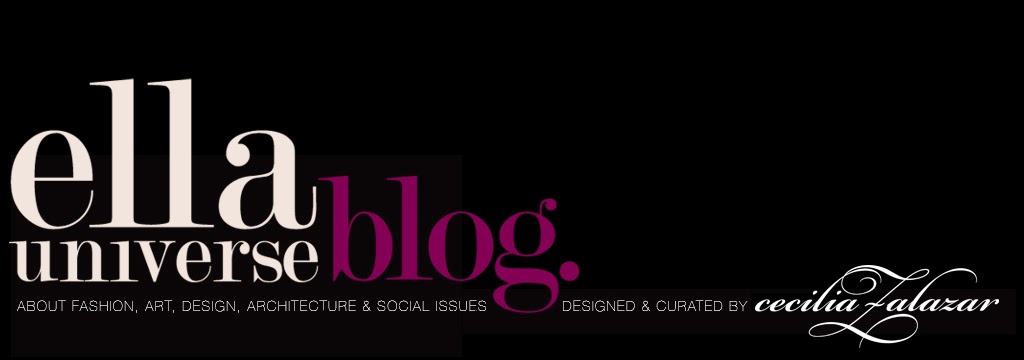In Vienna of 1886, the city of elegant cafés, grand opera houses, and a thriving and adventurous artistic community, is where the twelve-year-old Emilie meets the controversial painter. Hired by her father for basic drawing lessons, Klimt introduces Emilie to a subculture of bohemian artists, muses and decadent patrons that both terrifies and inspires her.
The Painted Kiss follows Emilie as she blossoms from a naïve young girl to one of Europe's most exclusive couturiers—and Klimt's most beloved muse and mistress.
After wining a dressmaking competition in 1899, Emilie and her sister were commissioned to design a piece for a prestigious exhibition. From there, they established themselves as successful businesswomen and opened an haute couture fashion salon called the Schwestern Flöge (Flöge Sisters).
Away from Klimt's other romantic adventures, her salon rose to become one of the leading fashion addresses for Viennese society, contemporary to Parisians Coco Chanel and Christian Dior.
Outside of her haute couture salon, Emilie had a more rebellious taste for fashion that was misunderstood by the Austrian society of the time, but not Gustav. Her signature dresses had no corset and hung loosely from the shoulders with comfortable, wide sleeves. Emilie is the unrecognized creator of the mosaic-like dresses depicted on Klimt's work.
Today Valentino Fall/ Winter 2015 Show’s quoted Emilie Flöge and Celia Birtwell as an inspiration for the collection. Flöge, who was a couturier in her own right and rejected the era of de rigueur corsets, gave the designers the collection's gentle A-line silhouettes and gold leaf effects on fox-fur coats, as well as lit-from-within quilted velvet coats.










